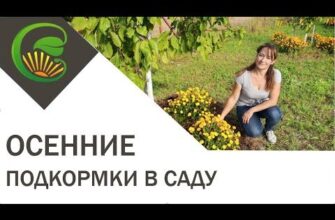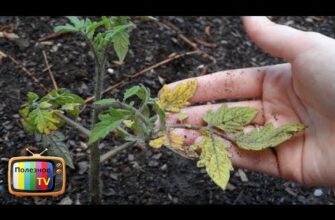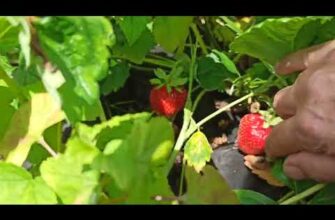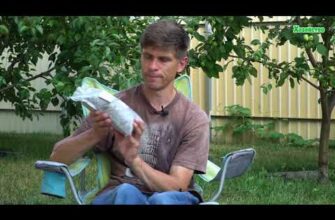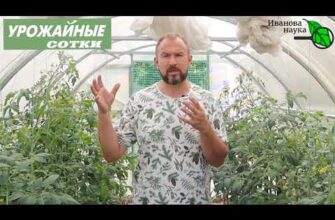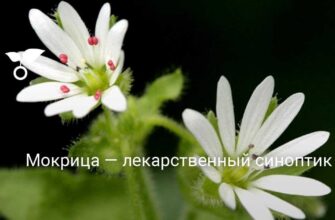- Ускоряем выращивание кабачков: секреты раннего урожая
- Выбор сортов для быстрого роста
- Подготовка почвы для ускорения развития растений
- Выбор места и подготовка грядки
- Улучшение почвы
- Мульчирование и полив
- Правильное удобрение
- Посадка рассады: оптимальный момент
- Применение удобрений для стимуляции роста
- Органические удобрения
- Минеральные удобрения
- Комплексное удобрение
- Правильный полив: главное условие ускоренного развития
- Обработка кабачков от вредителей и болезней
- Профилактические меры
- Борьба с вредителями
- Профилактика болезней
- Поддержание оптимальной температуры для быстрого развития
- Укрывной материал: обеспечение дополнительной теплоизоляции
- Подвязка кабачков: способствует росту и предотвращает поломку стеблей
- Собираем кабачки на месяц раньше: оптимальное время сбора
- Вопрос-ответ:
- Какие существуют хитрости для получения урожая кабачков на месяц раньше?
- Какие ранние сорта кабачков можно использовать для получения урожая на месяц раньше?
- Какую роль играет теплица или парник в выращивании кабачков?
- Видео:
- 100 % все завязи на огурцах превратятся в зеленцы! Чем подкормить огурцы.
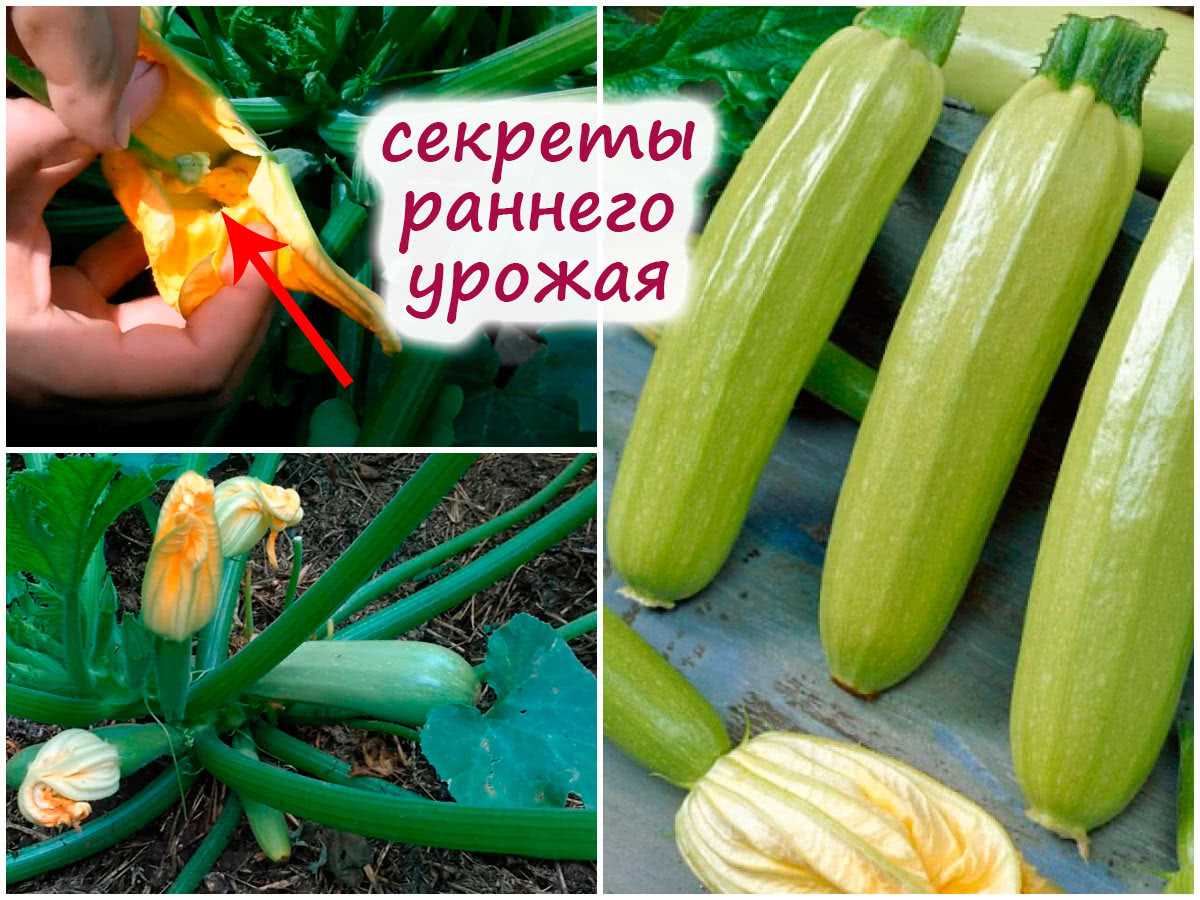
Выращивание кабачков — это увлекательное и полезное занятие, но далеко не всегда урожай приходит вовремя. Кто-то сталкивается с проблемами роста и плодоношения, а кто-то просто хочет получить урожай раньше обычного. Если вы стремитесь получить свежие и сочные кабачки на месяц раньше, то есть несколько хитростей, которые помогут вам в этом.
Во-первых, стоит обратить внимание на выбор сорта кабачков. Существует ряд сортов, которые отличаются более быстрым ростом и плодоношением. Такие сорта, как «Ранний», «Скороспелый» или «Урожайный», позволят вам получить урожай значительно раньше обычного.
Кроме выбора сорта, следует обратить внимание на особенности посадки и ухода за кабачками. Важно соблюдать определенные правила полива, подкормки, прореживания и обработки растений от вредителей. Регулярный уход и поддержание оптимальных условий для роста и развития помогут кабачкам быстрее обрасти плодами и дарить вам урожай на месяц раньше.
Таким образом, если вы хотите получить урожай кабачков на месяц раньше обычного, вам необходимо правильно выбрать сорт, обеспечить растения оптимальными условиями и регулярно ухаживать за ними. Соблюдение этих хитростей поможет вам насладиться свежими и вкусными кабачками еще до наступления основного сезона урожая.
Ускоряем выращивание кабачков: секреты раннего урожая
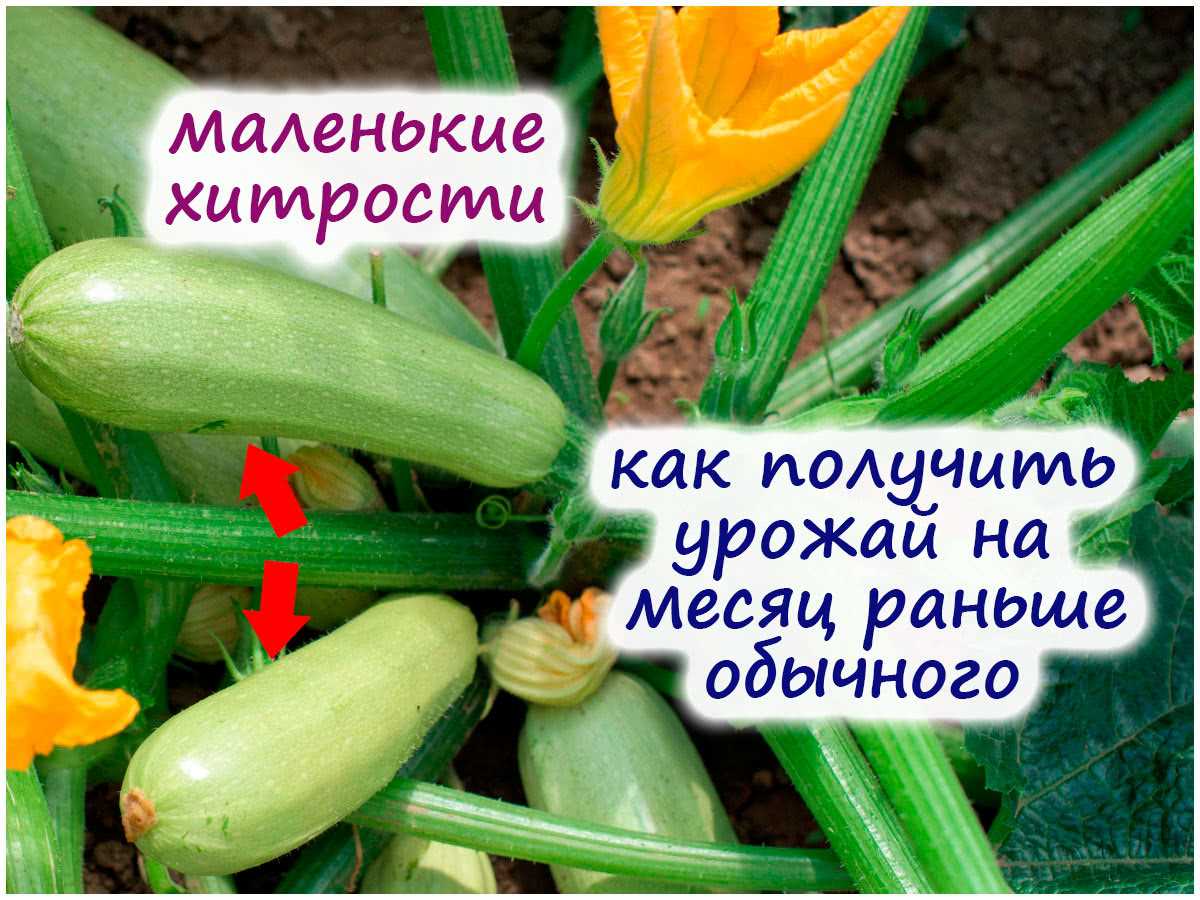
Выращивание кабачков может быть достаточно долгим процессом, но существуют хитрости, которые позволяют получить урожай на целый месяц раньше обычного.
1. Выбор подходящего сорта. Для получения раннего урожая кабачков необходимо выбирать сорта, которые отличаются быстрым временем созревания. Одним из таких сортов является «Ранний Марафон», который способен показать первые плоды уже через 35-40 дней после появления всходов.
2. Подогреваем почву. Нагретая почва способствует более быстрому развитию корневой системы и интенсивному росту кабачков. Для этого можно использовать агроволокно или пленку, которые помогут сохранить тепло и ускорить прогревание почвы.
3. Предварительная подготовка семян. Чтобы ускорить прорастание и рост растений, семена кабачков можно замочить на несколько часов в теплой воде. Это поможет активизировать процесс прорастания и ускорить развитие растений.
4. Дополнительное освещение. Для получения урожая на месяц раньше можно использовать дополнительное искусственное освещение. Можно установить лампы со специальным спектром света, который будет оптимальным для роста кабачков.
5. Правильный полив. Регулярный и правильный полив является важным условием для успешного выращивания кабачков. Необходимо избегать переувлажнения почвы, но и не допускать ее засухи. Рекомендуется поливать растения утром или вечером, чтобы избежать испарения воды.
6. Уход за растениями. Регулярное пропалывание, рыхление почвы, подкормка и обрезка лишних побегов помогут ускорить рост и развитие кабачков. Также важно следить за состоянием растений и своевременно бороться с вредителями и болезнями.
Соблюдение этих хитростей позволит получить ранний урожай кабачков и насладиться свежими овощами на целый месяц раньше обычного срока. Основная задача заключается в создании оптимальных условий для роста и развития растений, а также внимательном уходе за ними.
Выбор сортов для быстрого роста
Если вы хотите получить урожай кабачков на месяц раньше, то выбор сортов играет важную роль. Некоторые сорта кабачков обладают более ранним созреванием, что позволяет получить урожай значительно быстрее.
Один из таких сортов – «Ранний геркулес». Он отличается быстрым ростом и способностью давать урожай уже через 35-40 дней после посева. Кроме того, этот сорт характеризуется высокой урожайностью и отличным вкусом.
Другим быстрорастущим сортом является «Золотой песок». Он также способен дать урожай за короткий срок – примерно через 40-45 дней после посева. Кабачки этого сорта имеют красивый золотистый цвет и отличаются нежной мякотью.
Важно помнить, что выбор сортов для быстрого роста – лишь один из факторов успешного выращивания кабачков. Для получения хорошего урожая на месяц раньше также необходимо обеспечить растения оптимальными условиями: подобрать правильное место для посадки, обеспечить полив и удобрение, защитить растения от вредителей и болезней.
Подготовка почвы для ускорения развития растений
Для получения урожая кабачков раньше на целый месяц, необходимо правильно подготовить почву. Вот несколько хитростей, которые помогут вам вырастить прекрасные и здоровые растения:
Выбор места и подготовка грядки
Для выращивания кабачков раньше, выберите участок с хорошей освещенностью и защищенный от холодных ветров. Подготовьте грядку, прополоть ее от сорняков и перекопайте землю на глубину около 20-25 см.
Улучшение почвы
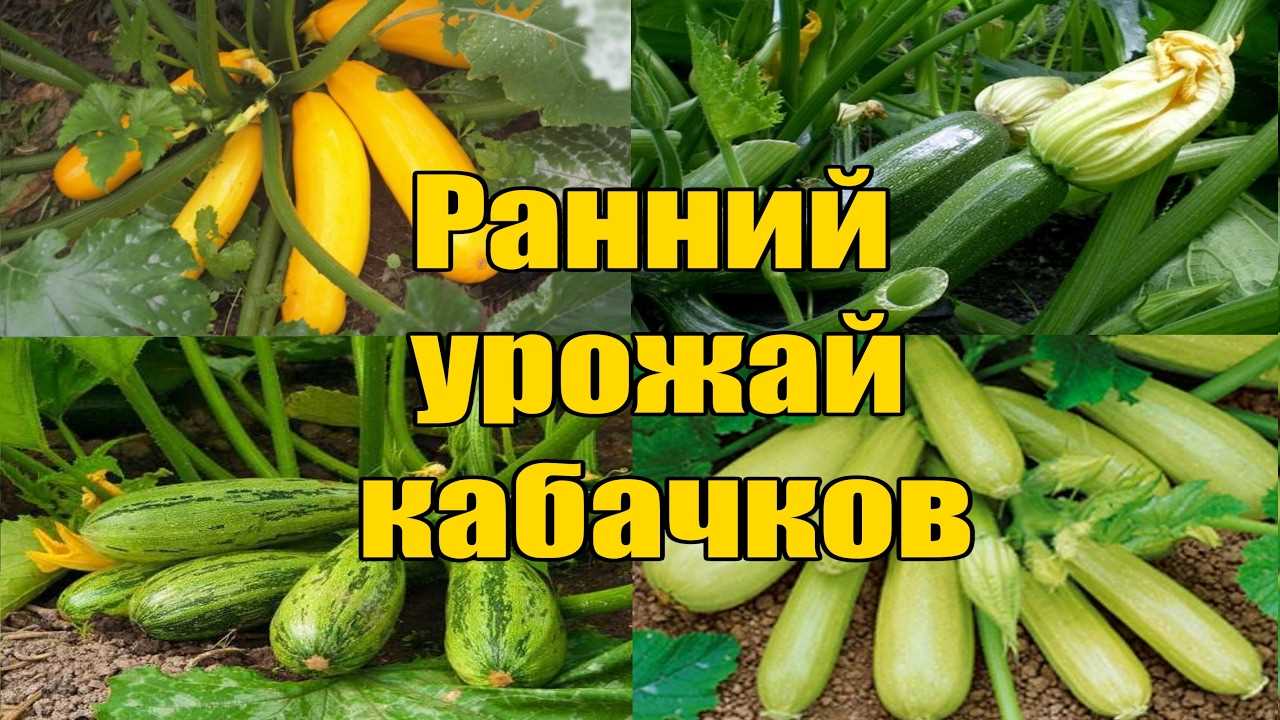
Для активного развития растений и получения урожая раньше, необходимо обогатить почву. Добавьте компост, перегноя или другой органический удобрения в почву. Это поможет улучшить ее структуру, сохранить влагу и обеспечить растения необходимыми питательными веществами.
Мульчирование и полив
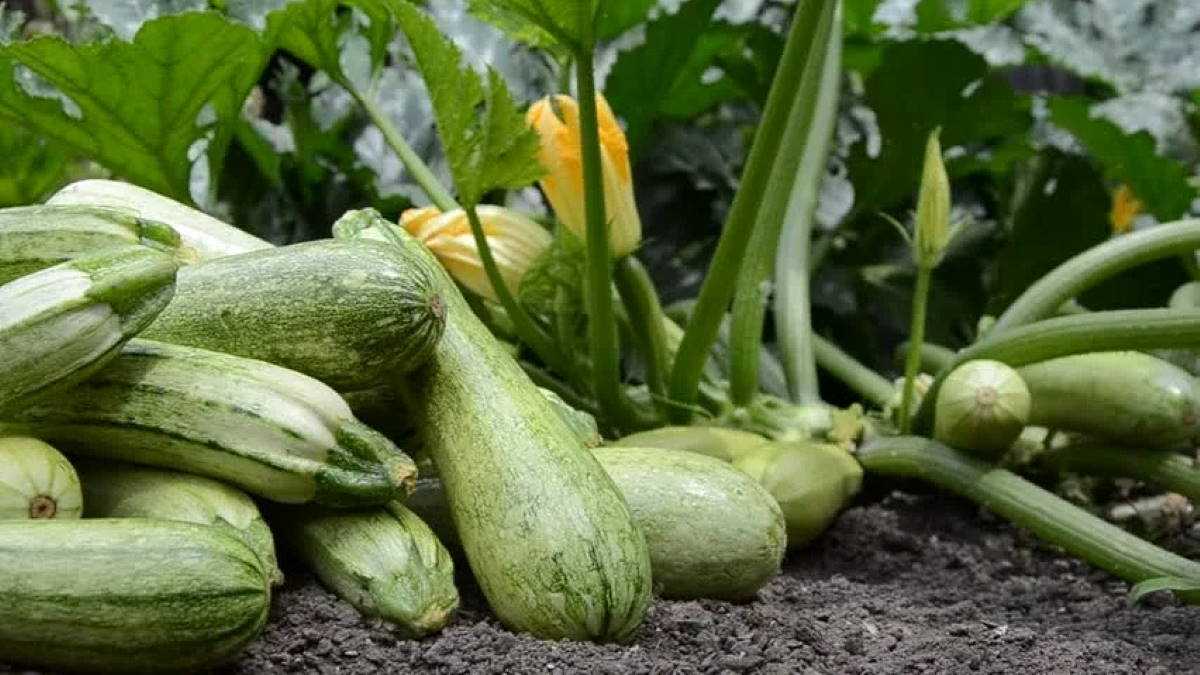
Для ускорения роста и развития растений, используйте мульчу. Нанесите слой мульчи на грядку после посадки растений. Мульча поможет сохранить почву влажной, предотвратит рост сорняков и поможет удержать тепло, что будет способствовать более быстрому росту кабачков.
Не забывайте о регулярном поливе растений. Умеренное поливание поможет поддерживать оптимальный уровень влажности в почве и способствует активному росту и развитию кабачков.
Правильное удобрение
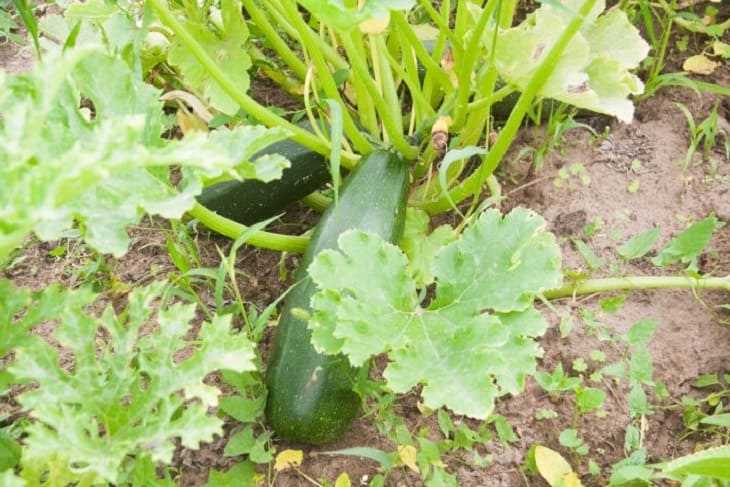
Для получения урожая раньше, регулярно удобряйте растения. Используйте комплексные удобрения, содержащие необходимые микроэлементы. Правильное удобрение поможет растениям развиваться более активно и быстро.
Следуя этим хитростям и правильно подготавливая почву, вы сможете получить урожай кабачков на месяц раньше обычного срока. Удачного вам выращивания!
Посадка рассады: оптимальный момент
Одной из хитростей выращивания кабачков раньше обычного сезона является посадка рассады. Правильно выбранный момент для посадки может помочь получить урожай на целый месяц раньше.
Оптимальным временем для посадки рассады кабачков является вторая половина апреля или начало мая, когда почва прогреется до 15-18 градусов. В этот период рассаду можно высадить на открытый грунт, предварительно закалив ее на протяжении нескольких дней.
Для получения урожая на месяц раньше, можно использовать метод предварительной выращивания рассады в теплице или под пленкой. Это поможет защитить растения от ночных заморозков и обеспечить им оптимальные условия для роста и развития.
Помимо выбора оптимального момента для посадки рассады, важно также учесть растительные ассоциации и правильно выбрать сорт кабачков, который характеризуется быстрым созреванием и высокой устойчивостью к болезням и вредителям. Это также поможет повысить вероятность получения урожая на месяц раньше.
Применение удобрений для стимуляции роста
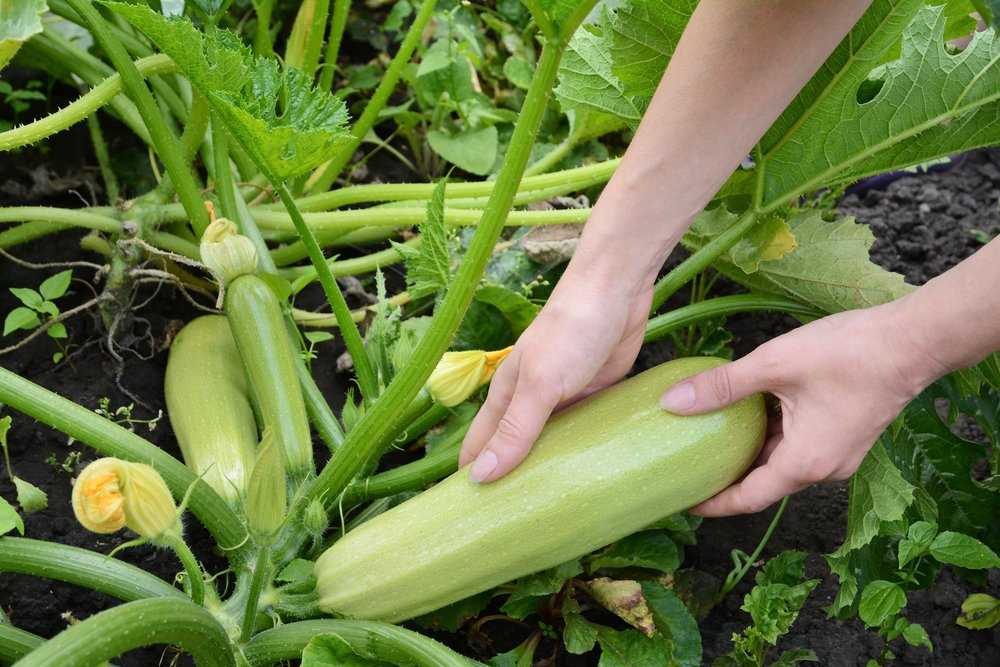
Хитрости выращивания кабачков позволяют получить урожай на месяц раньше обычного. Одним из секретов успешного выращивания является правильное применение удобрений для стимуляции роста растений.
Органические удобрения
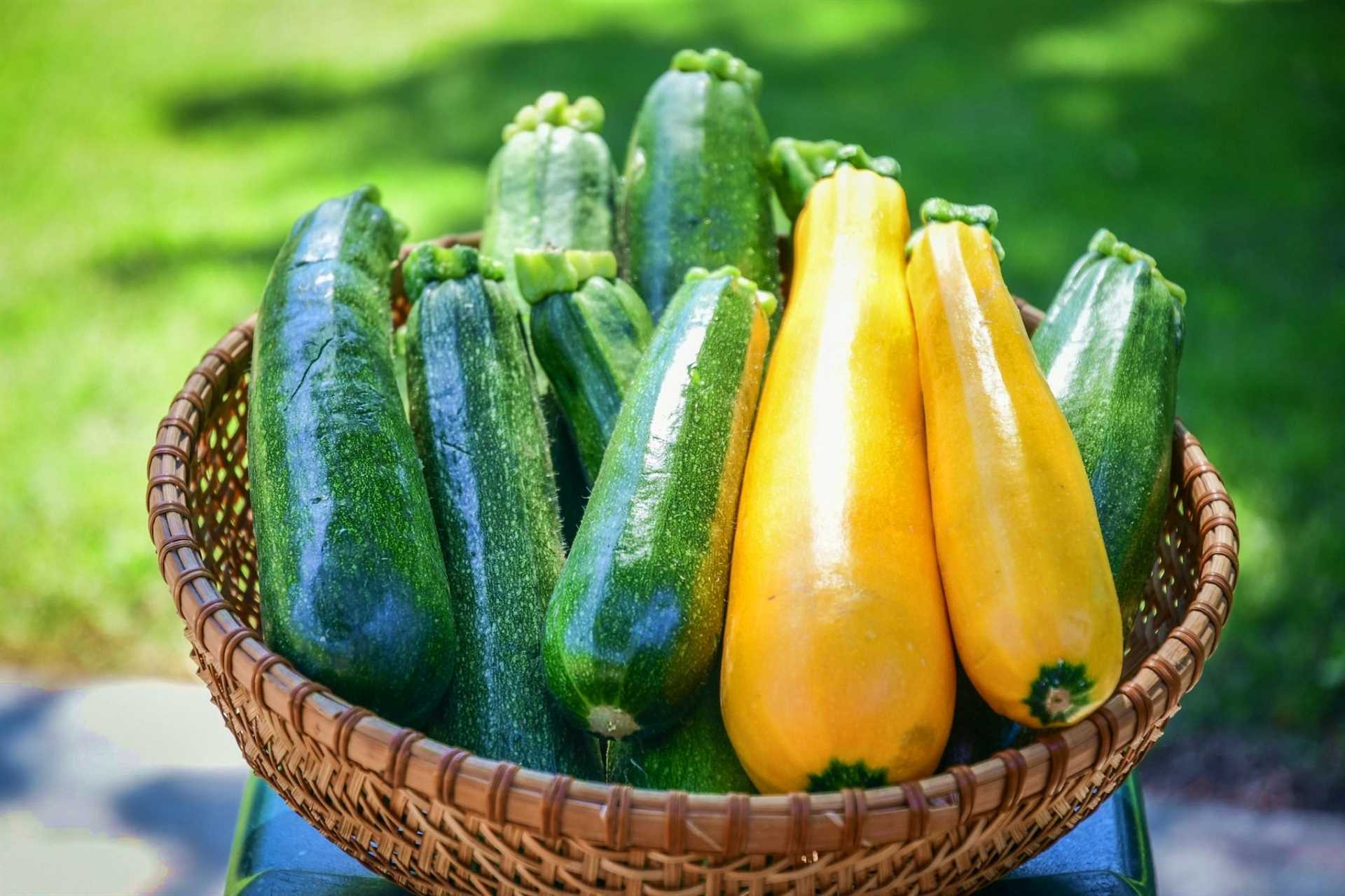
Одним из способов получить урожай кабачков на месяц раньше является использование органических удобрений. Они способствуют улучшению плодородия почвы и стимулируют активный рост растений. Органические удобрения можно получить из компоста, перегноя или зеленого удобрения.
Так стоп!!! Вы всё ещё не подписаны на наши каналы в Телеграмм и Дзен? Посмотрите: ТГ - (@historyfantasydetectivechat) и Дзен (https://dzen.ru/myshortsstorys)
Минеральные удобрения
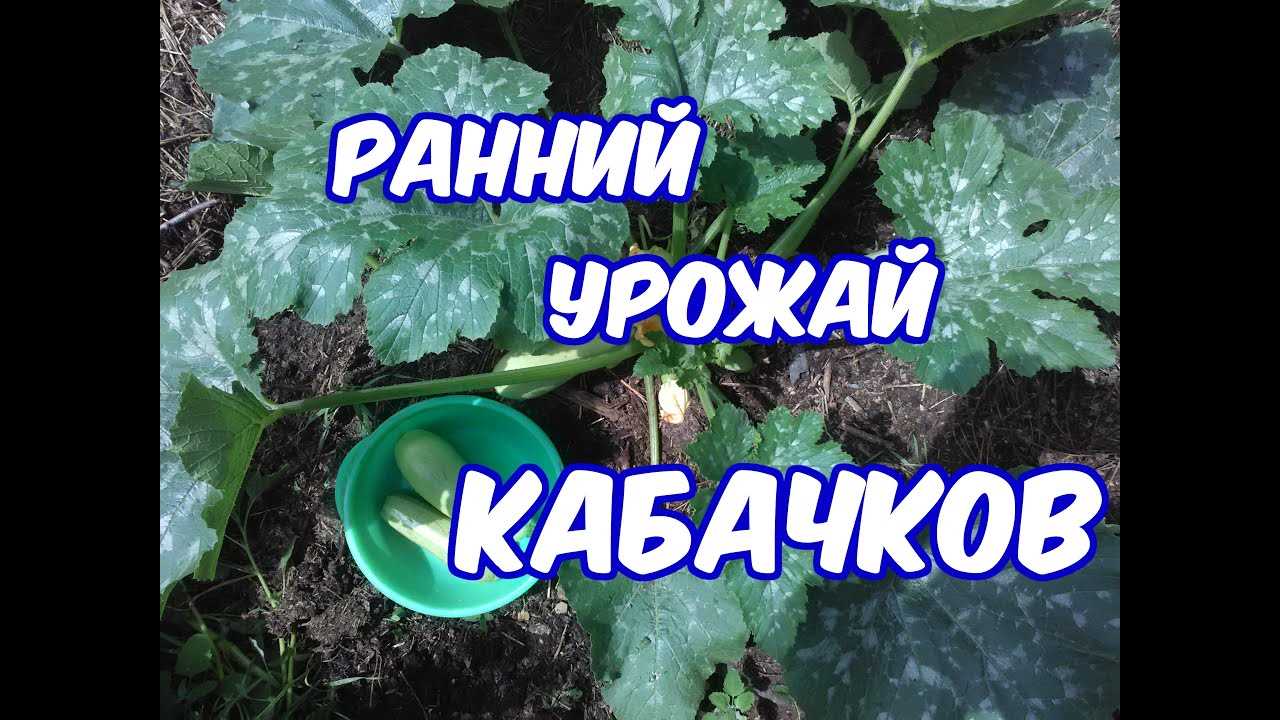
Для получения урожая кабачков на месяц раньше можно применять и минеральные удобрения. Они содержат необходимые для растений макро- и микроэлементы, способствующие их активному росту и развитию. Минеральные удобрения можно использовать как основное удобрение, так и в качестве дополнительного питания растений.
Комплексное удобрение
Для достижения максимального эффекта при выращивании кабачков на месяц раньше рекомендуется применять комплексное удобрение. Оно содержит все необходимые питательные вещества в оптимальном соотношении. Комплексное удобрение позволяет быстро и эффективно стимулировать рост растений и получить более ранний урожай.
Правильный полив: главное условие ускоренного развития
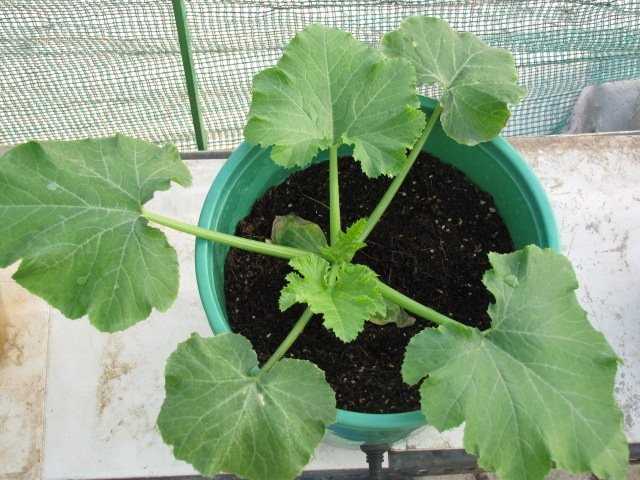
Одним из ключевых моментов при выращивании кабачков и получении урожая на месяц раньше является правильный полив. Соблюдение определенных правил поможет обеспечить ускоренное развитие растений и получить богатый урожай.
Во-первых, важно помнить о регулярности полива. Кабачки нуждаются во влажной почве, поэтому рекомендуется поливать их не реже 2-3 раз в неделю, особенно в жаркое время года. Но при этом следует избегать переувлажнения, так как это может привести к гниению корней и развитию грибковых заболеваний.
Во-вторых, важно правильно дозировать воду при поливе. Недостаток влаги может замедлить рост растений, а избыток воды может привести к застойным явлениям и развитию гнили. Чтобы определить необходимый объем полива, можно использовать специальные гидроаккумуляторы или просто следить за состоянием почвы и растений.
Также стоит учитывать время полива. Лучше всего поливать кабачки утром или вечером, когда солнце не так активно. Это поможет избежать перегрева растений и потери влаги через испарение.
Обработка кабачков от вредителей и болезней
Одной из важных хитростей выращивания кабачков раньше обычного сезона является обработка растений от вредителей и болезней. Ведь если кабачки подвергнутся нападению вредителей или заболеют, это может сильно задержать их рост и развитие, а значит, и получение урожая на месяц раньше.
Профилактические меры
Одной из основных мер по защите кабачков от вредителей и болезней является проведение профилактических обработок. Сначала необходимо провести предпосевную обработку семян специальными растворами для дезинфекции и стимуляции прорастания. Затем, после появления всходов, проводится обработка растений биологическими препаратами, которые помогают укрепить их иммунитет.
Борьба с вредителями
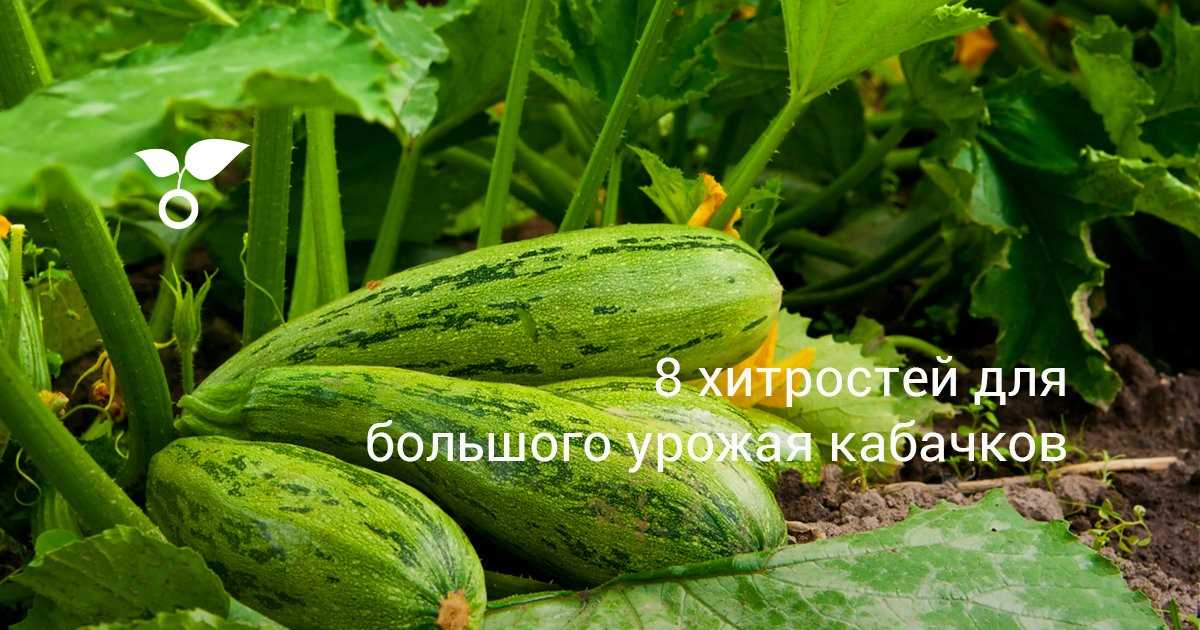
Основными вредителями, которые могут атаковать кабачки, являются гусеницы бабочки-моли и тля. Для борьбы с гусеницами можно использовать биологические препараты, содержащие бактерии «Бациллус турингензис», которые являются естественными врагами гусениц. Против тли можно применить настойку чеснока, которую нужно регулярно опрыскивать растения.
Профилактика болезней
Для профилактики болезней кабачков необходимо обеспечить хорошую вентиляцию и удалить все зараженные растения. Также полезно опрыскивать растения настоем крапивы, который обладает антисептическими свойствами. Кроме того, регулярное подкормки комплексными удобрениями помогут кабачкам укрепить иммунитет и избежать развития болезней.
Поддержание оптимальной температуры для быстрого развития
Одной из хитростей выращивания кабачков, чтобы получить урожай на месяц раньше, является поддержание оптимальной температуры. Кабачки — это теплолюбивые растения, которые быстро развиваются при тепле.
Для того чтобы создать оптимальную температуру для выращивания кабачков, необходимо учитывать несколько факторов. Во-первых, следует выбрать подходящее место для посадки кабачков. Желательно выбирать открытое солнечное место, где растения получат достаточно тепла и света.
Также стоит обратить внимание на температуру почвы. Идеальная температура для семян кабачков составляет около 15-20 градусов Цельсия. Поэтому перед посадкой семян необходимо прогреть почву при помощи пленки или теплицы.
Важно помнить, что кабачки не переносят низких температур. Поэтому, если ночная температура опускается ниже 12 градусов, рекомендуется использовать укрытия, такие как специальные накрытия из нетканого материала или теплицы, чтобы защитить растения от холода и обеспечить им комфортные условия.
Укрывной материал: обеспечение дополнительной теплоизоляции
Одной из хитростей выращивания кабачков и получения урожая на месяц раньше является использование укрывного материала. Укрывной материал позволяет создать дополнительную теплоизоляцию, что очень важно для успешного выращивания кабачков в прохладный период.
Для создания теплоизоляционного укрывного материала можно использовать различные ткани или специальные пленки. Важно выбрать материал, который будет хорошо сохранять тепло и пропускать достаточное количество света. Такой материал защитит растения от ночных заморозков и создаст благоприятные условия для их роста и развития.
Одним из вариантов укрывного материала является агроволокно. Этот материал имеет хорошую теплоизоляционную способность и пропускает достаточное количество света. Агроволокно можно накрыть над кустами кабачков, создавая своеобразный теплицу. Таким образом, растения будут защищены от низких температур и смогут получать достаточно света для фотосинтеза и роста.
Для создания укрывного материала из агроволокна необходимо прикрепить его к опорам, чтобы он не сдувался ветром. Для этого можно использовать скобы или специальные крепления. Также необходимо обратить внимание на то, чтобы укрывной материал был достаточно плотно закреплен, чтобы не пропускать холодный воздух.
Важно помнить, что укрывной материал необходимо укрывать растения только на ночь или в холодные периоды, чтобы в течение дня растения могли получать достаточно света и проветриваться. Это позволит предотвратить перегрев и гниение растений.
Использование укрывного материала — одна из хитростей выращивания кабачков, которая позволяет получить урожай на месяц раньше. Благодаря дополнительной теплоизоляции растения будут активно развиваться и давать хороший урожай даже в прохладный период.
Подвязка кабачков: способствует росту и предотвращает поломку стеблей
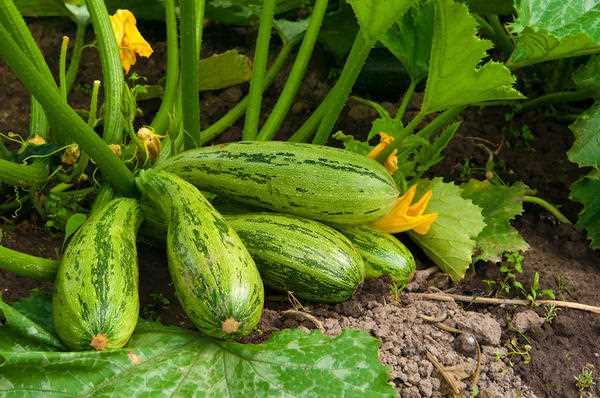
Подвязка кабачков – это важный этап в процессе выращивания данной культуры. Она способствует росту растения и предотвращает поломку стеблей, что позволяет получить урожай на месяц раньше.
Подвязка кабачков осуществляется с помощью специальных опор, прутьев или веревок. При этом важно следить за тем, чтобы растение не было слишком сильно стянуто или слишком свободно. Оптимальным вариантом будет небольшое подвязывание, которое позволяет кабачкам расти вверх, сохраняя при этом стебли в целости и сохраняя положительное воздействие на рост.
Подвязка кабачков помогает также предотвратить поломку стеблей при сильном ветре или под весом плодов. При этом важно выбирать прочные и надежные материалы для подвязки, чтобы они выдерживали нагрузку и не повреждали растение.
Используя подвязку кабачков, вы сможете получить урожай на месяц раньше. Подвязанные растения активнее развиваются, получают больше солнечного света и воздуха, что положительно сказывается на их росте и развитии. Кроме того, подвязка способствует лучшему образованию плодов и упрощает уход за растениями.
Собираем кабачки на месяц раньше: оптимальное время сбора
Хитрости выращивания кабачков позволяют получить урожай на месяц раньше обычного срока созревания. Одним из ключевых моментов в этом процессе является определение оптимального времени сбора кабачков.
Для получения урожая на месяц раньше, следует собирать кабачки на ранней стадии их созревания. Когда плоды достигают длины примерно 10-12 сантиметров, они уже можно собирать. Однако, необходимо учесть, что слишком ранний сбор может привести к получению маленьких и недоразвитых кабачков.
Для определения оптимального времени сбора кабачков, можно обратить внимание на их внешний вид. Зрелые кабачки имеют яркую зеленую окраску и твердую кожицу. Если кабачок имеет блеклый цвет и мягкую кожу, то значит, он уже перезрел и не подходит для сбора.
Еще одним признаком оптимального времени сбора кабачков является их форма и размер. Зрелые кабачки имеют цилиндрическую форму и равномерную толщину. Если кабачок имеет необычную форму или неравномерную толщину, то значит, он не достаточно зрел для сбора.
Вопрос-ответ:
Какие существуют хитрости для получения урожая кабачков на месяц раньше?
Существует несколько хитростей, которые помогут получить урожай кабачков на месяц раньше. Во-первых, можно использовать ранние сорта кабачков, которые быстрее созревают. Это позволит получить урожай уже в начале лета. Во-вторых, можно использовать теплицу или парник для выращивания кабачков. Такая конструкция помогает создать оптимальные условия для роста и развития растений, что ускоряет процесс созревания плодов. Кроме того, можно использовать различные удобрения и подкормки, которые способствуют активному росту растений и ускоряют созревание плодов.
Какие ранние сорта кабачков можно использовать для получения урожая на месяц раньше?
Для получения урожая кабачков на месяц раньше можно использовать ранние сорта кабачков, которые быстрее созревают. Некоторые из таких сортов включают в себя «Ранний золотой», «Ранний гигант», «Ранний динго» и «Ранний царь». Они отличаются более коротким периодом вегетации и хорошо адаптируются к прохладным условиям весны. Выращивание этих сортов позволяет получить урожай уже в начале июня.
Какую роль играет теплица или парник в выращивании кабачков?
Теплица или парник играют важную роль в выращивании кабачков. Они создают оптимальные условия для роста и развития растений, что позволяет ускорить процесс созревания плодов. Внутри теплицы или парника температура и влажность контролируются, что позволяет поддерживать оптимальный микроклимат для растений. Благодаря этому кабачки созревают быстрее и можно получить урожай на месяц раньше, чем при выращивании на открытом грунте.

